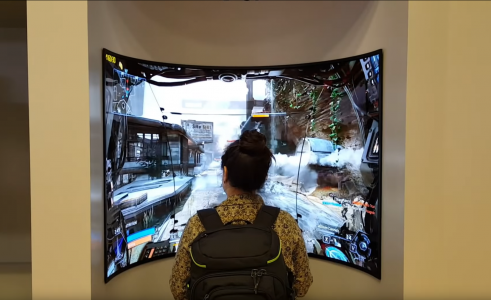highlander2607
Weaksauce
- Joined
- Jan 14, 2006
- Messages
- 121
I like towards the end of the video when he says he believes prices may come down on the 48 inch models because they should have more panels available. Don't really know about a bendable panel though. That I will have to wait to see.
![[H]ard|Forum](/styles/hardforum/xenforo/logo_dark.png)

